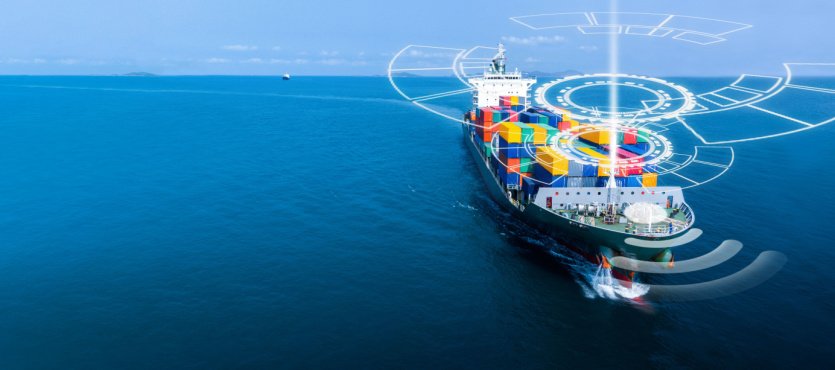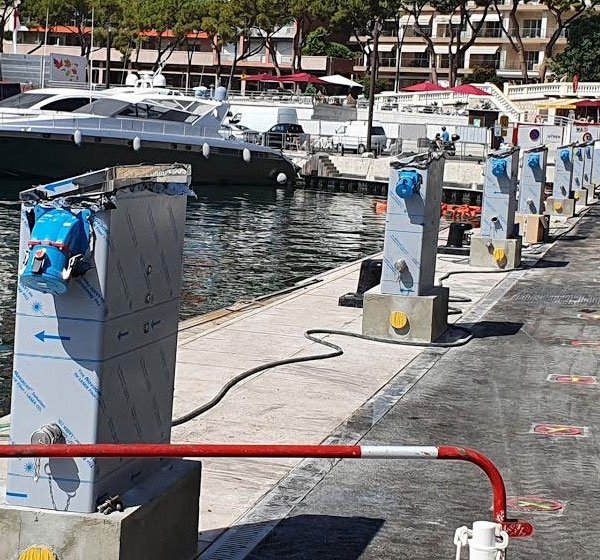
Contents
- Introduction to the Merchant Navy
- Creation and Early History of the Merchant Navy
- Memorable Moments in Merchant Navy History
- Size and Structure of the Merchant Navy
- Notable People in the Merchant Navy
- How to Join the Merchant Navy
- Leading Companies in the Merchant Navy
- Conclusion
- References and Contact Details
1. Introduction to the Merchant Navy
The Merchant Navy refers to the commercial shipping industry, comprising cargo ships, tankers, passenger ships, and other vessels involved in trade and transportation. The Merchant Navy plays a crucial role in global trade, ensuring the movement of goods and passengers across the world’s oceans.
2. Creation and Early History of the Merchant Navy
The term “Merchant Navy” was officially adopted by the British government during World War I, though commercial shipping has existed for centuries. It was King George V who bestowed the title “Merchant Navy” on British merchant ships in recognition of their vital role during the war.
- Origins: The roots of the Merchant Navy trace back to ancient maritime trade routes established by civilizations such as the Phoenicians, Greeks, and Romans.
- Early Trade: During the Age of Exploration, European nations expanded their maritime fleets to explore new trade routes, leading to the establishment of the British East India Company in 1600, a significant milestone in the history of commercial shipping.
3. Memorable Moments in Merchant Navy History
World War I
- Support Role: The Merchant Navy transported troops, ammunition, and supplies, which were essential to the war effort. Merchant ships were often targeted by enemy submarines, leading to the introduction of the convoy system, where naval ships escorted groups of merchant vessels for protection.
- Losses: The British Merchant Navy lost over 3,000 ships and 17,000 seafarers during World War I.
World War II
- Atlantic Convoys: The Battle of the Atlantic was a prolonged naval campaign where the Merchant Navy played a vital role in transporting crucial supplies from North America to the UK. Convoys were protected by naval escorts to mitigate the threat posed by German U-boats.
- Arctic Convoys: Merchant ships delivered supplies to the Soviet Union through dangerous Arctic routes, facing severe weather and constant attacks.
- Operation Dynamo: Merchant ships participated in the evacuation of Allied troops from Dunkirk.
- Losses: The British Merchant Navy lost around 30,000 seafarers and 2,400 ships during World War II.
Falklands War (1982)
- SS Canberra: A passenger ship requisitioned by the British government to transport troops to the Falkland Islands. Known for its speed and capacity, SS Canberra played a critical role in the success of the operation.
- MV Atlantic Conveyor: A container ship also requisitioned for the war effort, it transported vital equipment, including helicopters and supplies. The ship was hit by an Exocet missile and sank, resulting in the loss of valuable equipment and lives.
4. Size and Structure of the Merchant Navy
The Merchant Navy is a global entity with no fixed size, as it includes all commercial vessels registered under various national flags. The structure typically includes:
- Cargo Ships: Bulk carriers, container ships, and general cargo ships.
- Tankers: Oil tankers, chemical tankers, and liquefied natural gas (LNG) carriers.
- Passenger Ships: Cruise ships and ferries.
- Specialized Vessels: Offshore support vessels, research ships, and icebreakers.
5. Notable People in the Merchant Navy
Captain James Cook
- Birth: Born on October 27, 1728, in Marton, England.
- Death: Died on February 14, 1779, in Hawaii.
- Career Highlights: Renowned for his three voyages of discovery in the Pacific Ocean, mapping many areas and recording several islands and coastlines on European maps for the first time.
Captain William Thomas Turner
- Birth: Born on October 23, 1856, in Liverpool, England.
- Death: Died on June 23, 1933.
- Career Highlights: Notably commanded the RMS Lusitania during its fateful voyage in 1915 when it was sunk by a German U-boat, contributing to the US’s entry into World War I.
6. How to Join the Merchant Navy
Joining the Merchant Navy typically involves the following steps:
- Education: Obtain a relevant degree or diploma in marine engineering, navigation, or a related field from a recognized maritime academy.
- Training: Complete mandatory sea training and obtain necessary certifications such as the Standards of Training, Certification, and Watchkeeping (STCW).
- Certification: Acquire a Certificate of Competency (CoC) from a maritime authority.
- Employment: Apply for positions with shipping companies, cruise lines, or offshore companies.
Maritime Academies and Training Institutes
- United Kingdom:
- United States:
- India:
7. Leading Companies in the Merchant Navy
Maersk Line
- Overview: The world’s largest container shipping company.
- Contact: Maersk Line
Mediterranean Shipping Company (MSC)
- Overview: A global leader in container shipping and logistics.
- Contact: MSC
CMA CGM Group
- Overview: A leading worldwide shipping group.
- Contact: CMA CGM
Carnival Corporation
- Overview: The world’s largest cruise line company.
- Contact: Carnival Corporation
8. Conclusion
The Merchant Navy has a rich history and continues to play a pivotal role in global trade and transportation. Aspiring seafarers can join this dynamic industry through proper education and training, contributing to the ongoing legacy of the Merchant Navy.
9. References and Contact Details
For more information on the Merchant Navy, training programs, and employment opportunities, visit:
- International Maritime Organization (IMO): IMO
- Merchant Navy Training Board: MNTB
- Careers at Sea: Careers at Sea
Contact Details for Enquiries
- Email: info@maritimehub.com
- Phone: +44 20 1234 5678
- Address: Maritime Hub, 123 Seafarer Lane, London, UK
For further details and in-depth articles on the maritime industry, visit MaritimeHub.com.



